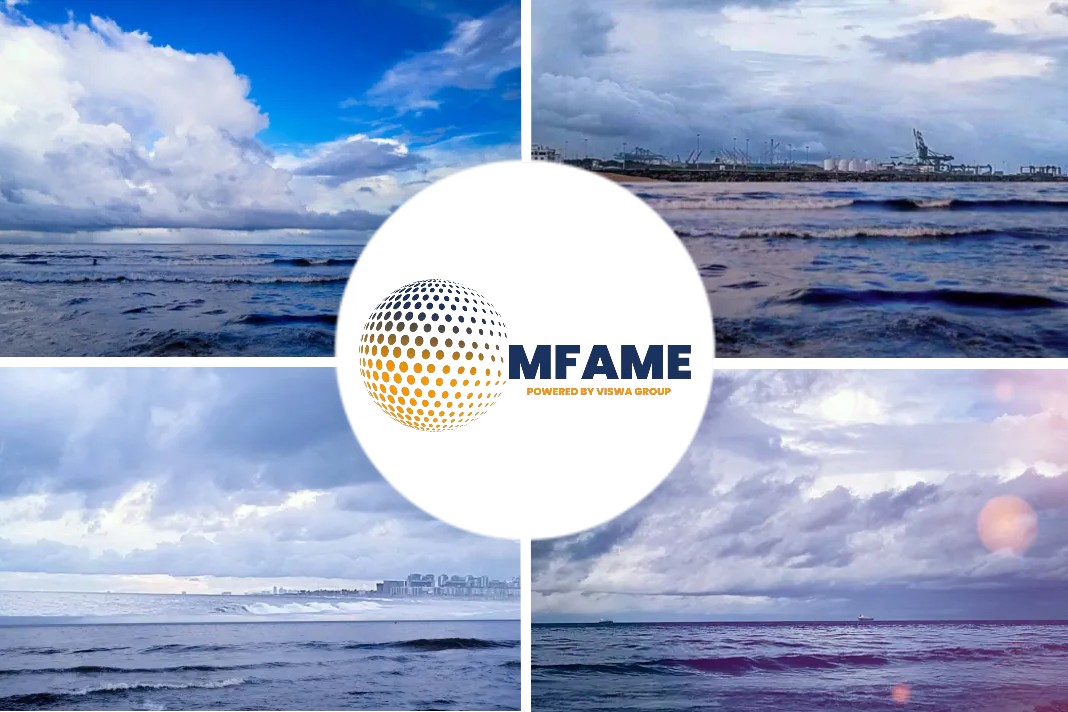Summary
On August 16, 2016, while the vessel was docked in its home berth in a non-operational status, general contractors and painters arrived to begin work on the vessel. The painters began Fire aboard Passenger Vessel Tahoe Queen working on the upper-most deck (called the hurricane deck), preparing bare metal surfaces for priming and painting following the metal repair work conducted by the welders.
Port side of hurricane deck where welding was being conducted. Right: Seam that was being welded when the fire started below.
About 0725, a welder began grinding and welding a seam on a replacement steel plate that had been inserted into the deck on the port side of the hurricane deck, adjacent to the wheelhouse.
During the repair period, the painters stored supplies such as solvents (acetone, xylene, denatured alcohol, and paint thinners), marine coatings, oil-based paints, and soiled rags on the Texas deck. Divers also used the Texas deck to store their equipment, which included compressed air bottles and dive gear. Several lifejackets were stored in the overhead of the Texas deck, directly below the hot work area. The welder stated that prior to welding, he had created a “bowl” shape using fire-resistant blankets directly underneath the hot work area to catch any sparks or welding slag that might fall from the deck above. There was no power aboard the laid-up vessel and no forced ventilation in the work areas. No fire watch was assigned to the hot work area on the hurricane deck nor to the deck below in the passenger space of the Texas deck.
Fire aboard Tahoe Queen.
About 0730, a fire broke out on the Texas deck while the welder was welding. Thick black smoke rose from the space and into the aft ladder wells of the vessel. A painter observed the smoke on the Texas deck and alerted the welder. The welder stopped welding, located a fire extinguisher, and attempted to access the Texas deck but was unable to enter due to flames, heat, and smoke. Flames and smoke from the Texas deck rose into the wheelhouse through an air-conditioning duct. The duct did not have dampers or closing devices.
Shoreside company workers saw the smoke and flames coming from the Tahoe Queen and called emergency services. While awaiting outside assistance, the workers attempted to use fire hoses from a sister vessel, the M.S. Dixie II, which was docked directly across the pier from the burning Tahoe Queen, but the vessel was locked and they were unable to enter. They then attempted to fight the fire with portable fire extinguishers, a water hose located on the dock, and a portable water pump, but were unsuccessful in extinguishing the fire. About 0734, all welders and painters departed the burning Tahoe Queen using the vessel’s gangway on the bow.
Texas deck, showing the location of painting supplies below the hot work area
where welding was being conducted.
The fire department arrived on scene at 0748. Once the fire department arrived, the M.S. Dixie II was moved offshore away from the fire. The fire was extinguished at 1034. Afterward, workers installed a boom around the Tahoe Queen to contain the debris from the fire.
On December 7, 2016, the vessel was declared a constructive total loss. On January 22, 2017, the vessel was scrapped at Zephyr Cove.
Probable cause
NTSB determines that the probable cause of the fire aboard passenger vessel Tahoe Queen was the operating company’s poor oversight of its contractors’ adherence to hot work safety policies.
Did you subscribe for our daily newsletter?
It’s Free! Click here to Subscribe!
Source: NTSB

























